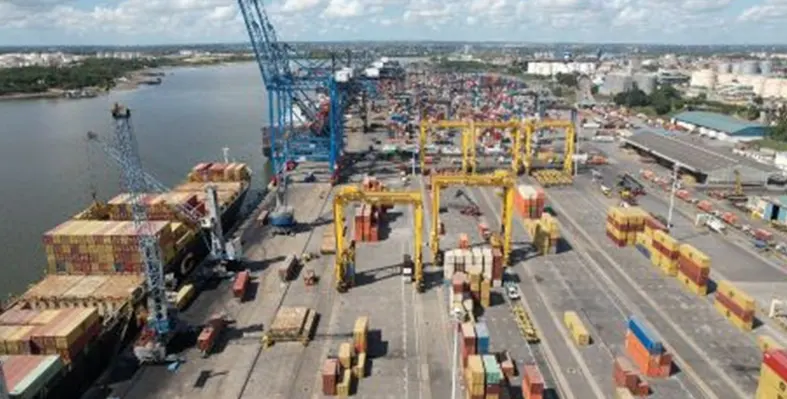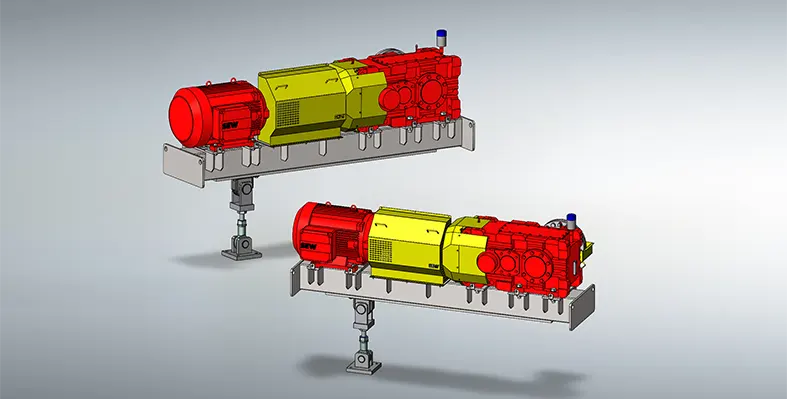
SEW-EURODRIVE’s X.e-series industrial gear units deliver high performance and reliability for heavy-duty applications across Africa’s mining and industrial sectors. (Image source: SEW-EURODRIVE)
Operating successfully in Africa demands far more than the delivery of products or technology - it requires a deep understanding of local conditions, proactive skills development and sustained collaboration across borders
While industry sectors such as mining, food and beverage, water treatment and manufacturing share some common operational requirements, each African country presents its own distinct set of challenges shaped by infrastructure limitations, environmental conditions and regulatory variations.
As a leading provider of drive and automation solutions across the continent, SEW-EURODRIVE recognises that local insight and on-the-ground capability are critical to delivering effective sustainable results. The company continues to invest in people development and technical training within its network of African subsidiaries and partners, supporting the long term growth of its customers and the broader industrial ecosystem.
A recent regional workshop hosted at SEW-EURODRIVE’s Johannesburg facility brought together team members from several African countries for intensive product training and inter-regional knowledge exchange. The focus extended across the company’s full suite of advanced technologies, including its modular X.e-series industrial gear units, energy efficient IE3 electric motors, decentralised MOVIGEAR® mechatronic drives and the sophisticated MOVI-C® automation platform.
“Workshops like this are invaluable because they not only upskill our people but also help us connect the dots between what we do in different regions,” remarked Teboho Moloi, business development executive: Africa at SEW-EURODRIVE South Africa. “Our teams face very different realities depending on where they are operating, from remote mining operations in Zambia and the DRC to agro-processing plants in Kenya and Ghana. By sharing technical experiences across these sectors, we enhance our ability to apply the right solution for each unique application.”
Moloi highlights the value of knowledge-sharing in building a robust reference base across industries. “In the sugar sector, for instance, we’ve successfully deployed helical and bevel geared motors on conveyors and mill drives, while in water treatment our compact and corrosion-resistant solutions help ensure uptime in aggressive environments. These learnings are not only relevant to similar applications elsewhere in Africa, but they also allow us to anticipate challenges and fast track
problem solving.”
By equipping its people with the latest product expertise and encouraging collaboration across borders, SEW-EURODRIVE is strengthening its ability to serve Africa’s evolving industrial and mining landscape. The company’s commitment to developing regional capability ensures it remains responsive, reliable and aligned with its customers’ strategic needs.
“Ultimately, our investment in people and technology is what sets us apart,” concluded Moloi. “It is how we grow with our customers - and grow Africa’s industries at the same time.”







